A compound X reaction with CO2 present in air to from Y . Y one decomposition produces on oxide . The compound X is .
CaCO3
CaO
Ca(HCO3)2
Ca(OH)2
The correct Answer is:B
To solve the problem step by step, we need to identify the compound X based on the given reactions.
Step 1: Understand the Reaction
The question states that a compound X reacts with carbon dioxide (CO₂) to form another compound Y. Then, when Y decomposes, it produces an oxide.
Step 2: Identify Possible Reactions
One common reaction involving carbon dioxide is the formation of carbonates from oxides. A well-known example is calcium oxide (CaO) reacting with carbon dioxide to form calcium carbonate (CaCO₃).
Step 3: Write the Reaction
The reaction can be written as:
CaO+CO2→CaCO3
Here, CaO is our compound X, and CaCO₃ is our compound Y.
Step 4: Decompose Compound Y
Next, we need to consider the decomposition of compound Y (CaCO₃). When calcium carbonate is heated, it decomposes into calcium oxide and carbon dioxide:
CaCO3heat−−→CaO+CO2
Step 5: Conclusion
From the above reactions, we can conclude that the compound X is calcium oxide (CaO), as it reacts with CO₂ to form calcium carbonate (Y), which upon decomposition produces calcium oxide again.
Final Answer
The compound X is Calcium Oxide (CaO).
---
The question states that a compound X reacts with carbon dioxide (CO₂) to form another compound Y. Then, when Y decomposes, it produces an oxide.
One common reaction involving carbon dioxide is the formation of carbonates from oxides. A well-known example is calcium oxide (CaO) reacting with carbon dioxide to form calcium carbonate (CaCO₃).
The reaction can be written as:
CaO+CO2→CaCO3
Here, CaO is our compound X, and CaCO₃ is our compound Y.
Next, we need to consider the decomposition of compound Y (CaCO₃). When calcium carbonate is heated, it decomposes into calcium oxide and carbon dioxide:
CaCO3heat−−→CaO+CO2
From the above reactions, we can conclude that the compound X is calcium oxide (CaO), as it reacts with CO₂ to form calcium carbonate (Y), which upon decomposition produces calcium oxide again.
The compound X is Calcium Oxide (CaO).
Topper's Solved these Questions
Similar Questions
Compound X on reduction with LiAlH4 gives a hydride Y containing 21.72% hydrogen along with other products. The compound Y reacts with air explosively resulting in boron trioxide. Identify X and Y. Give balanced reactions involved in the formation of Y and its reaction with air. Draw the structure of Y.
View SolutionCompound X on reduction with LiAlH4 gives a hydride Y containing 21.72% hydrogen along with other products. The compound Y reacts with air explosively resulting in boron trioxide. Identify X and Y. Give balanced equations involved in the formation of Y and its reaction with air. Drew the structure of Y.
View Solution
Knowledge Check
- Question 1 - Select One

The compound X and Y areA B
B C
C D
D
- Question 2 - Select One

The compounds x an y areA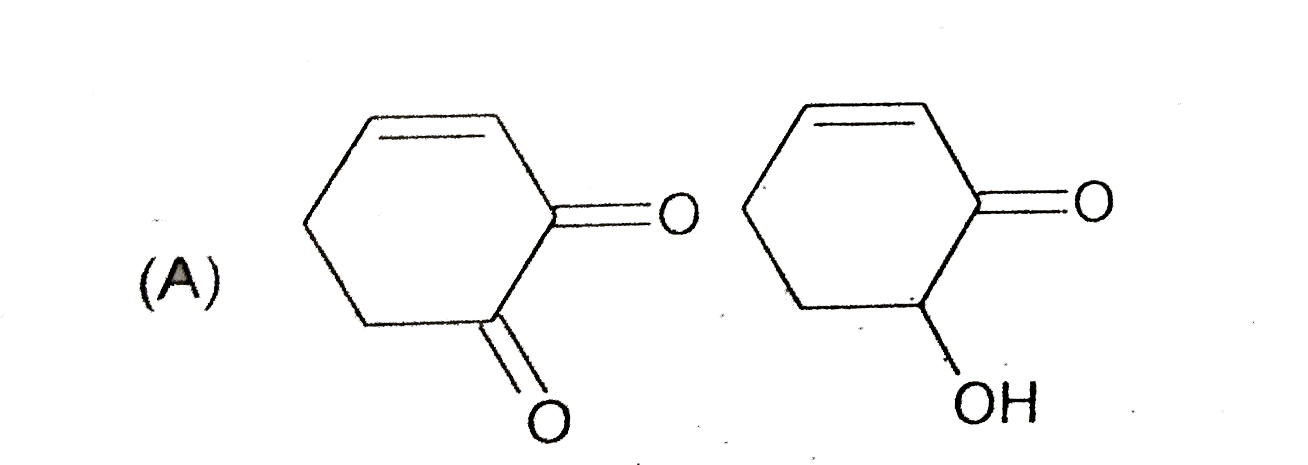 B
B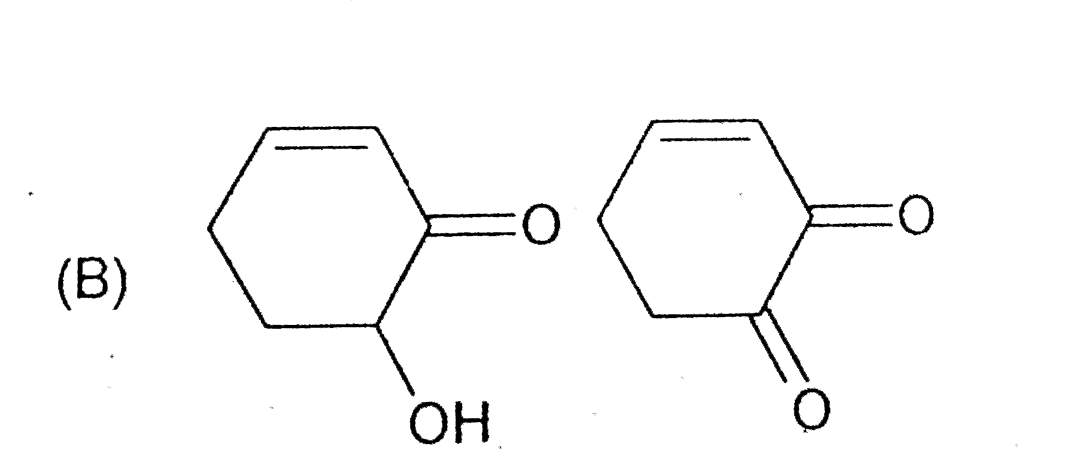 C
C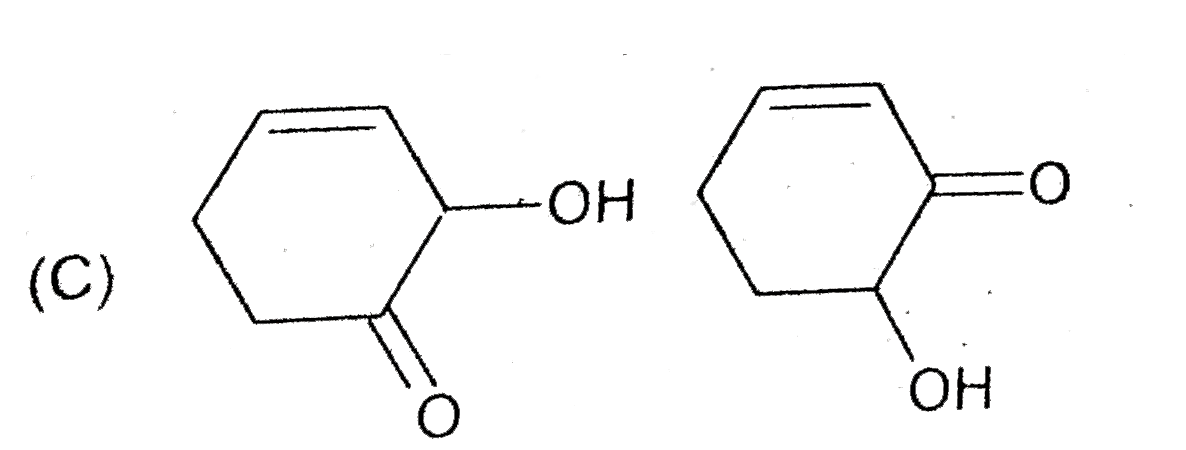 D
D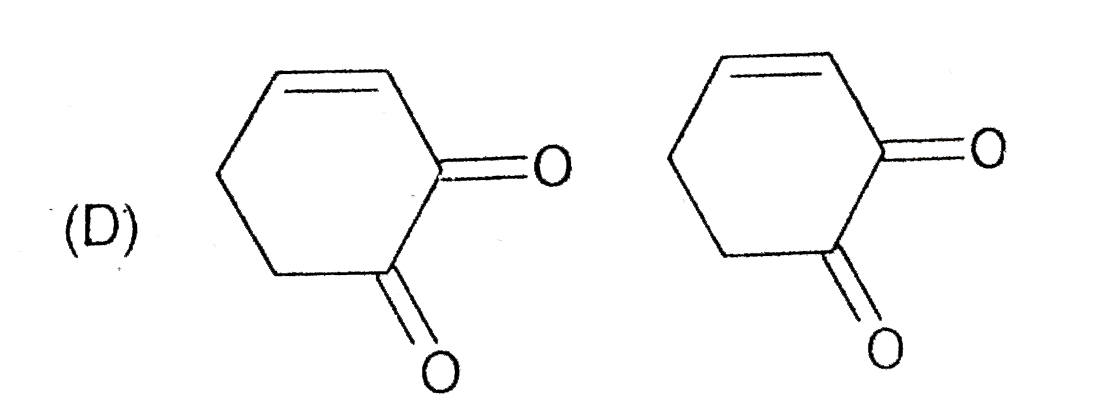
- Question 3 - Select One
Treatment of benzene with C∅HCl in the presence of anhydrous AlCl3/CuCl followed by reaction with Ac2∅NaOAc gives a compound X. Reaction of X with H2/Pd/c followed by treatment with H3PO4 gives another compound Y. The compound Y is :
A B
B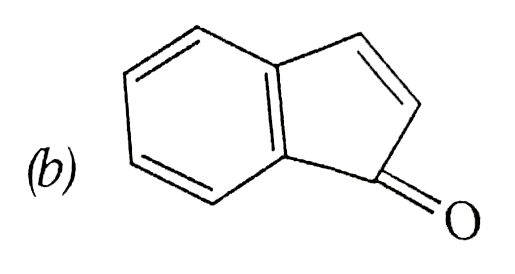 C
C D
D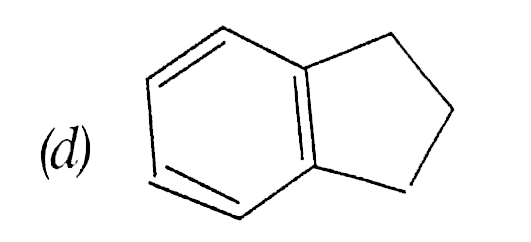
Compound (X) on reduction with LiAlH4 gives a hydride (Y) containing 21.72% hydrogen along with other products. The compound (Y) reacts with air explosively resulting in formation of boron trioxide. Identify (X) and (Y).
Give balanced reactions involved in the formation of (Y) and its reaction with air. Give the structure of (Y).View SolutionUnknown compound (X) on hydration by conc. H2SO4 gives (Y). The compound (Y) on oxidation gives acetone . The compound (X) is
View SolutionWhen a compound X reacts with ozone in aq medium, a compound Y is produced. Ozone also reacts with moist Y and produces compound Z. Z acts as an oxidising agent, then X, Y and Z will be:
View SolutionCompound X on reduction with LiAlH4 gives a hydride Y containing 21.72% hydrogen and other products. The compound Y reacts with air expolosively resulting in boron trioxide. What are X and Y respectively ?
View SolutionIn the following reaction sequence predict the compounds X and Y
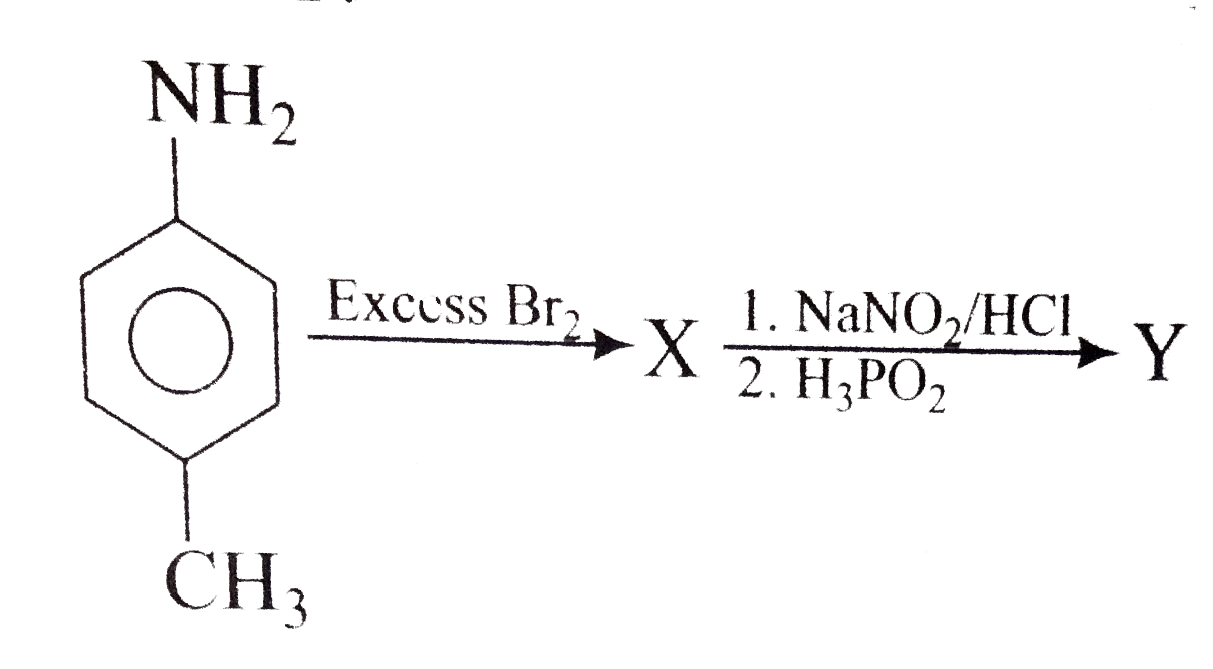 .View Solution
.View Solution

